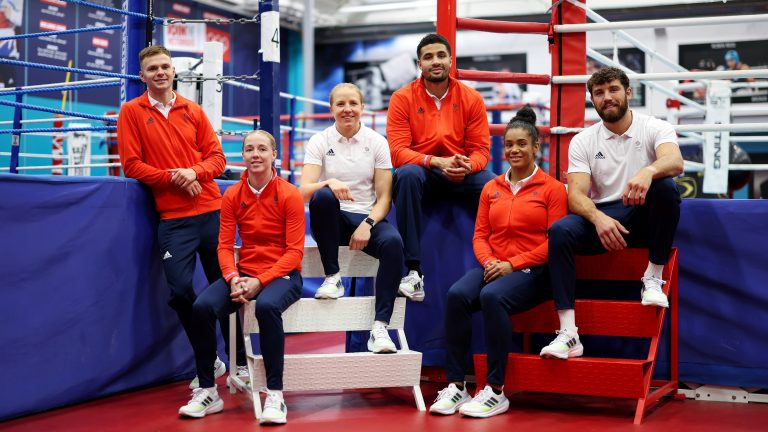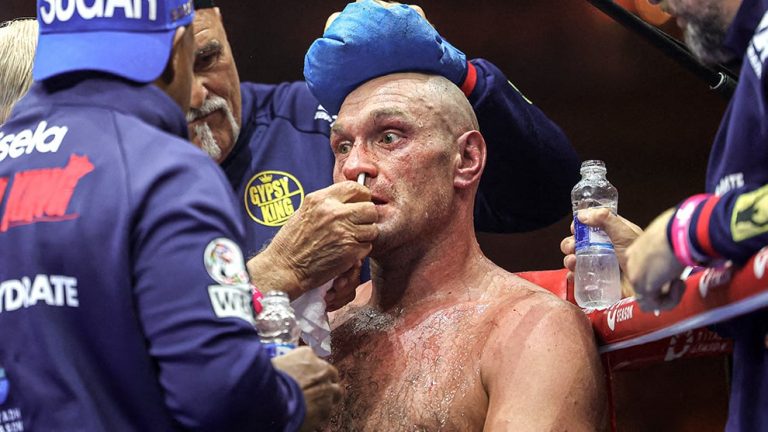Yesterday’s Heroes: Max Baer, playboy of the ring
MAX BAER was one of the most colourful, and charismatic, world heavyweight champions of all time. He was known, quite aptly, as the “Playboy of the Ring”. Baer became champion in 1934 after his victory against the Italian, Primo Carnera. He reigned for just one year, losing out to Jimmy Braddock in one of the biggest, and most famous, upsets in heavyweight history.
Originally from Omaha, Nebraska, Baer moved to California as a boy, and it was from here that he made his name as an aspiring young heavyweight. In 1930 his opponent, Frankie Campbell, died after a contest with Baer, and two years later he dished out a severe beating to Ernie Schaaf, later to die in a contest against Carnera. Baer could certainly whack.
After losing his title to Braddock, Baer’s career hit the slide. These days a rematch with Braddock would have been a certainty and I feel sure that Max would have won a return. In 1935 Joe Louis was on the rise and a match between him and Baer was made instead, just three months after Max had lost the title and Baer was stopped in four rounds.
As a recognised name, Baer could still make a lot of money in the ring and he was only 26 when he lost his title, incredibly young when compared with today. He spent most of 1936 boxing in contests that were little more than exhibitions and when he returned to serious boxing, in 1937, he did so in London. His long period of relative inactivity had done little for his stature in world boxing and The Ring magazine did not rate him in the top 10.
In retrospect, this looks a little churlish as I am sure that Max would have had little trouble with the likes of Tiger Jack Fox, Bob Nestell and Eddie Blunt, all of whom did make the ratings. His opponent in London, Tommy Farr, was not rated either, despite his recent victory over the South African, Ben Foord. In the 1930s, The Ring magazine was heavily skewed towards American fighters when it came to their rankings. The fight with Farr took place at Harringay Arena and it was a scheduled 12-rounder. BN favoured Farr, stating: “Unless Baer is in absolutely tip-top fettle he may be thwarted from getting home with an early knockout punch and be beaten for speed and stamina in the long run.” This hit the nail on the head, for Tommy clearly outpointed the American, who was a 4/1 favourite, in a display that “showed us that there is in the Old Country a fellow who possesses all the attributes of a world-beater.” The win propelled Farr to the number four sport in The Ring ratings.
Having lost to our best home heavyweight, Baer turned his attention to Foord. Despite his recent loss to Farr, Foord held excellent points wins over Tommy Loughran, Larry Gains and a three-round knockout over Jack Petersen. He represented a stiff challenge to Baer, who needed some sort of victory to re-establish himself. Once again, the contest was over 12 rounds but this time, we saw a different Max. He trained at the Ace of Spades, a pub just near the Kingston bypass, and amongst his sparring partners was Bridlington’s Bob Carvill.
Under the headline “Max Baer crashes Ben Foord”, BN reported that Baer “proved not only a great showman, but a really great sportsman. He clowned, he gesticulated, roared out his war cry and acted the real ‘kidder’, but when he got his man where he wanted him, he proved a real fighter who punched his full weight to send his rival crashing to defeat.” Foord was decked twice in the second and three times in the ninth when the referee, Jack Hart, put a stop to proceedings.
Baer beat Farr in a return in 1938 and also knocked out Tony Galento and Pat Comiskey before retiring in 1941, aged just 32.




